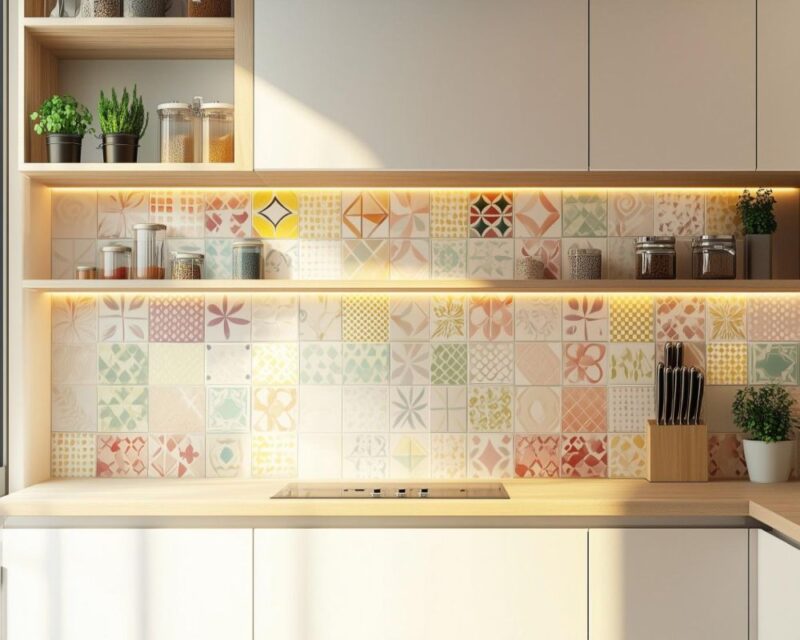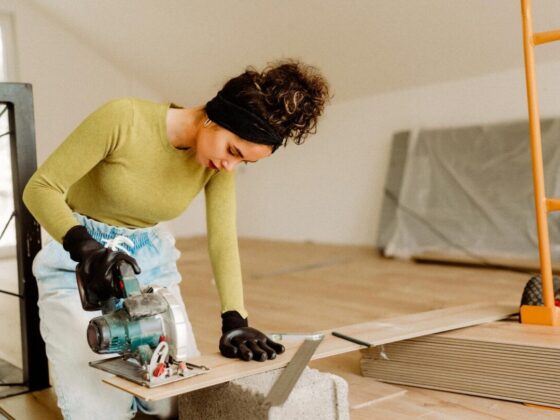Open plan living has become one of the most popular features in UK homes over the last few decades. Many homeowners now want a kitchen that feels connected to the rest of their living space, creating a sociable hub for cooking, dining and relaxing together. When done well, an open plan kitchen can add a real sense of space and light, making even smaller properties feel bigger and more versatile. But when you open up your kitchen, the little design details matter even more — and that’s where upstands can play a surprisingly important role.
Upstands are one of those elements that many homeowners don’t think about until they start planning a new kitchen. But these simple strips that run along the back of your worktop where it meets the wall can have a big impact on how your finished kitchen looks and works, especially in an open plan layout.
They bridge the gap between the worktop and the wall, protecting surfaces from splashes and spills while giving your kitchen a neat, finished appearance. In a traditional closed kitchen, they often blend into the background, but in an open plan space, they can help tie everything together and make your cooking zone feel polished and practical.
The Role of Upstands in a Seamless Space
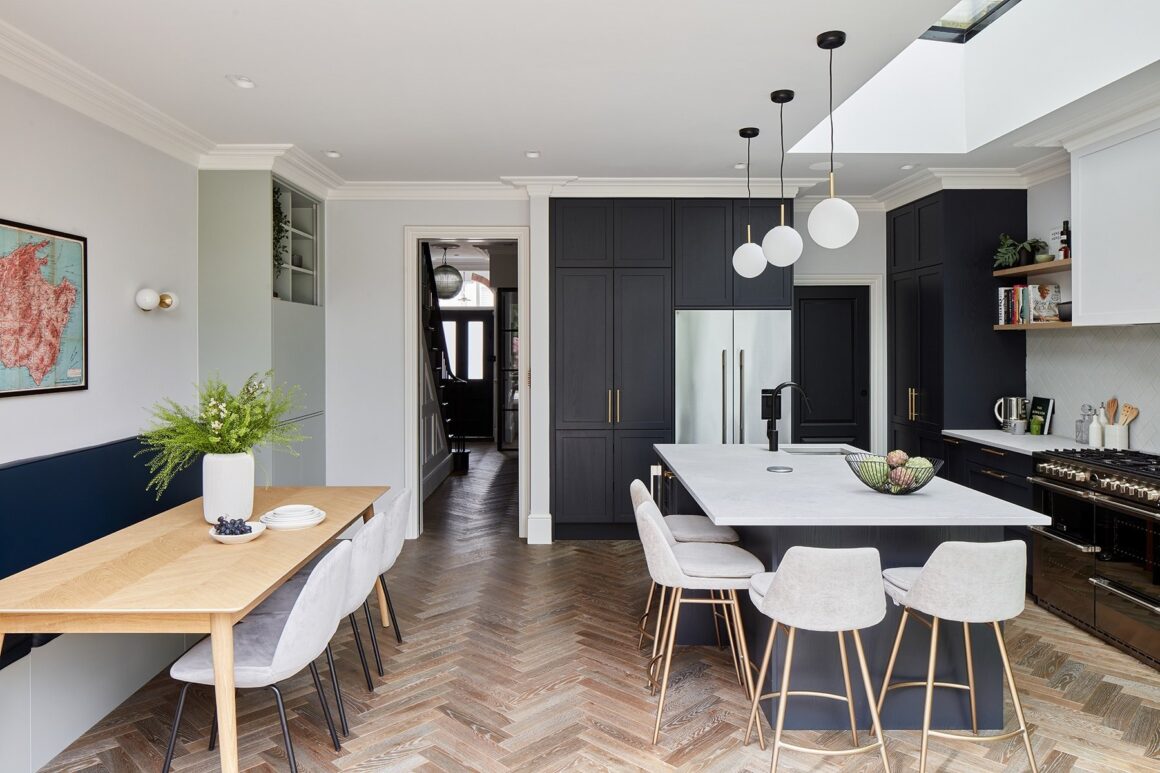
In an open-plan kitchen, everything is on show. Unlike a separate kitchen that can hide clutter behind a door, an open plan layout needs to look good from every angle because it often flows directly into your dining or living area.
Upstands help create clean lines where the worktop meets the wall, giving the whole kitchen a more seamless finish. Even if you choose minimalist or handleless cabinetry, a carefully chosen upstand can make the transition between surfaces feel intentional.
A small upstand — usually about 100mm high — is just enough to catch everyday splashes from the sink or worktop while blending in with the rest of your design. For homeowners who want an uninterrupted look, matching the upstand material to the worktop can give the space a sleek, coordinated feel. In open plan kitchens, this consistency can help prevent the cooking area from feeling too separate or cluttered.
Making a Feature with Upstands
While many people choose an upstand to blend in, they can also be a subtle way to add interest and texture. In an open plan layout, where walls are more visible, an upstand can double as a design feature. For example, a bold stone worktop with a matching stone upstand can create a high-end, bespoke look that elevates the whole kitchen.
Similarly, a wooden or timber-look laminate upstand can bring warmth and contrast, which works beautifully in open plan spaces that might otherwise feel a little cold or clinical.
Some designers use upstands creatively to frame parts of the kitchen and visually separate zones within an open plan area. If you have an island or breakfast bar, pairing it with a matching upstand along the wall run can pull the look together, helping the kitchen feel connected to the rest of the living space.
Upstands and Kitchen Tiles
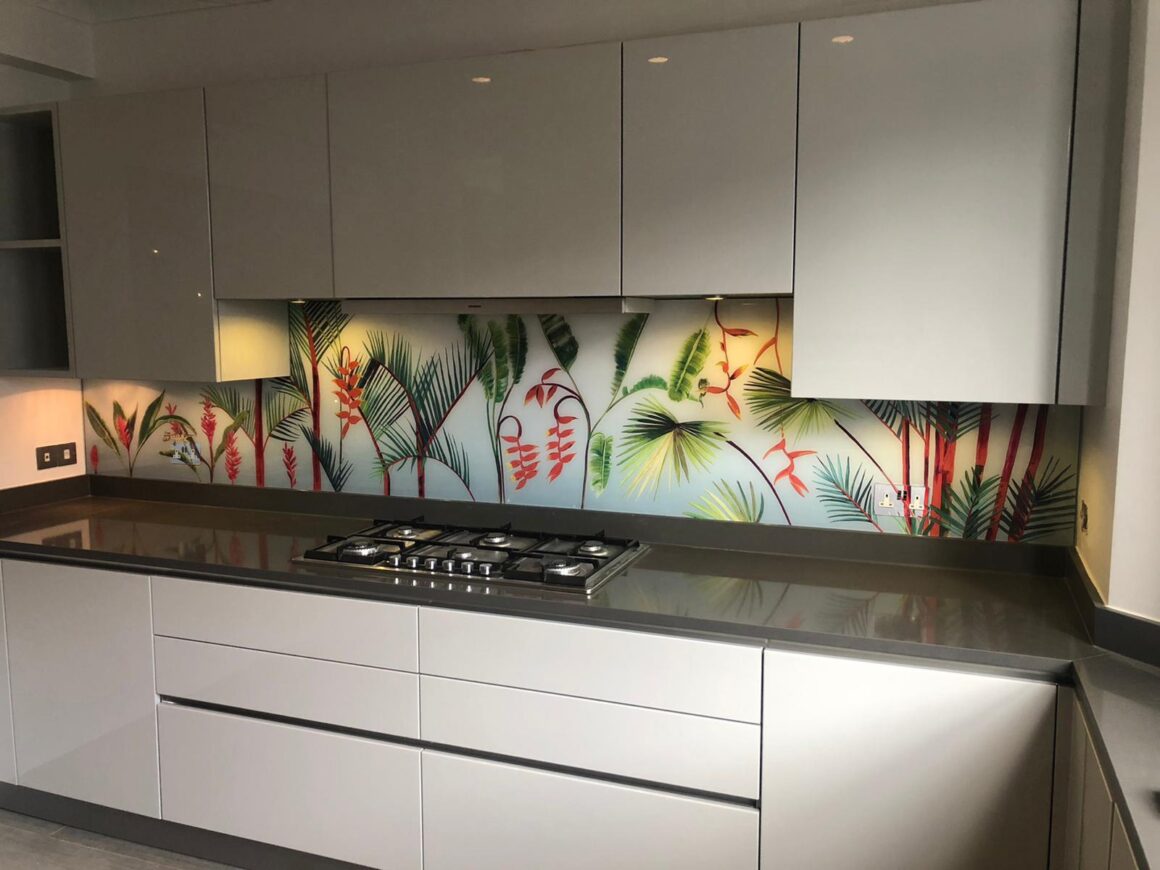
Homeowners often ask whether they need both upstands and kitchen tiles in the same space. In an open plan kitchen, the combination can work well if it’s done with care. While upstands protect the wall directly above the worktop, tiles can add extra protection and style behind hobs and sinks — the places most likely to see splashes and heat.
Using a tiled splashback behind the cooker with a low upstand running around the rest of the worktop gives you the best of both worlds: practical protection where you need it most, and a softer, less busy look elsewhere.
In open plan designs, using tiles as a focal point can help define the cooking area without making it feel boxed in. Decorative tiles behind the hob, paired with a simple upstand on the other walls, can create a balanced look that draws the eye without overwhelming the open space.
Protecting Your Walls
One of the main practical reasons to include upstands in any kitchen is wall protection. In an open plan space, this is even more important because the cooking zone often flows directly into your living or dining area. Food splashes, steam and oil can damage paint and plaster over time, leaving marks that are hard to clean. Upstands act as a barrier, shielding the lowest part of the wall where splashes are most likely to occur.
Choosing an easy-clean material for your upstand, such as laminate, quartz or granite, makes day-to-day maintenance simple. In busy family homes or homes where you do a lot of cooking for guests, this can save you time and help keep your open plan area looking fresh.
Matching or Contrasting Materials
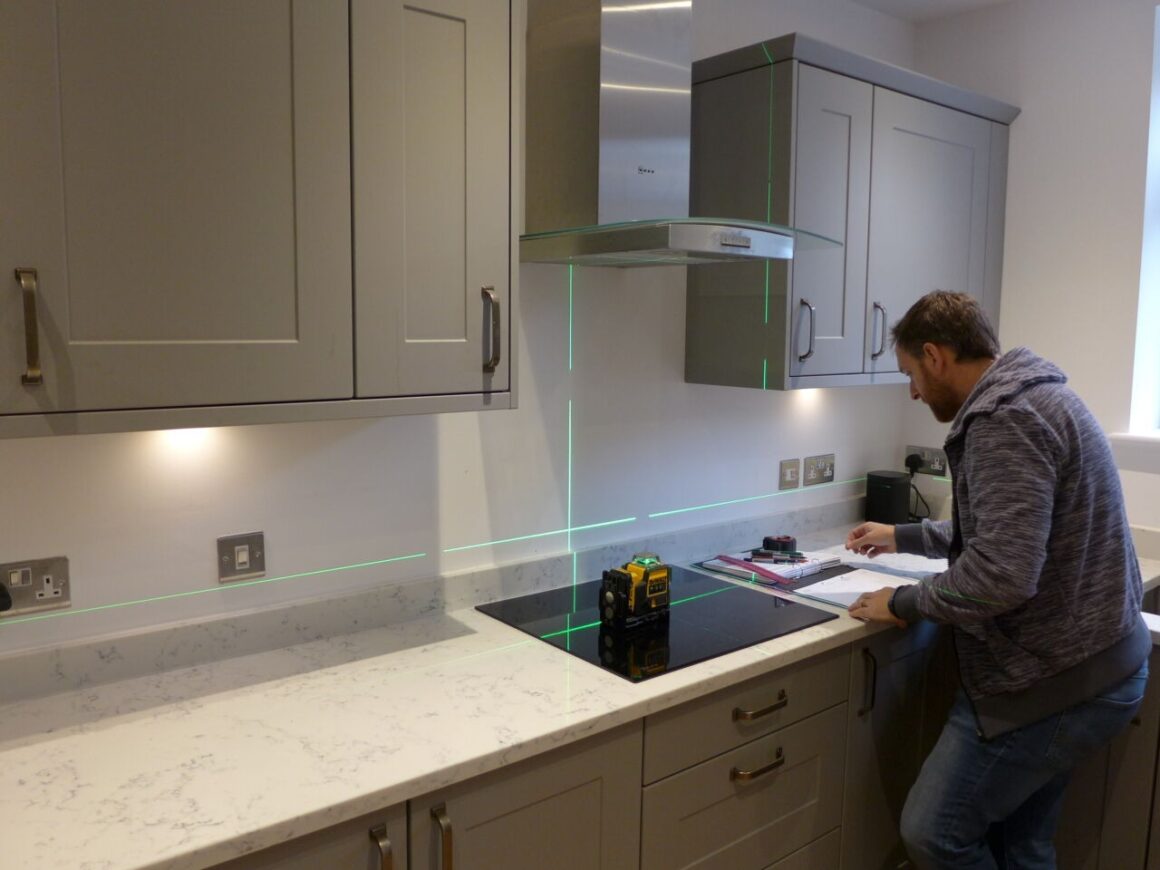
When planning upstands for an open plan kitchen, one of the big decisions is whether to match or contrast the material with your worktops. A matching upstand gives a calm, continuous look that works well in modern, minimalist spaces. This is especially popular with stone or composite worktops, where the same material can be cut to create an upstand that blends perfectly with the surface below.
Alternatively, a contrasting upstand can add depth and personality. For example, pairing a sleek white quartz worktop with a timber upstand can introduce warmth and break up large runs of solid colour. In period properties or more traditional homes, using painted or tiled upstands can echo other features in the house, helping the open plan kitchen feel like a natural extension of your home’s style.
Keeping It Easy to Clean
One of the practical concerns with any kitchen is how easy it is to keep clean. In an open plan design, where the cooking and dining zones share the same space, keeping things tidy is even more important. A well-fitted upstand stops crumbs, grease and liquids from slipping down the back of your units, saving you from tricky cleaning jobs later on.
The joint between the upstand and the worktop should be sealed properly to prevent water getting in. This not only keeps your kitchen hygienic but helps protect your cabinetry and walls from long-term damage. Many homeowners also find that an upstand is easier to wipe down than paint or wallpaper, which can stain or bubble if it gets wet repeatedly.
Helping with Uneven Walls

In many UK homes, especially older properties, walls are rarely perfectly straight. This can leave small gaps where your worktop meets the wall, which are not only unsightly but can collect crumbs and dirt. Upstands are a simple and effective way to hide these imperfections. Because they sit slightly higher up the wall, they bridge any small gaps and give you a neat edge that looks far more professional.
In open plan kitchens, where the line of your worktops is visible from multiple angles, an upstand can make the difference between a kitchen that feels finished and one that looks rough around the edges. It’s a subtle detail that can elevate the whole space.
Combining Upstands with Shelving and Storage
Open plan kitchens often make the most of open shelving to keep the space feeling airy and connected to the living area. If you’re using shelves above your worktops, an upstand can help tie the lower part of the wall into the overall design. It creates a visual base that grounds the shelving and provides a clear divide between the practical cooking area and decorative storage above.
Some homeowners opt for taller upstands in certain parts of the kitchen to balance shelving or add a touch of drama. For example, a raised upstand behind a sink can help hide taps and pipes when viewed from the dining area while keeping splashes off the wall.
Designing for Social Cooking
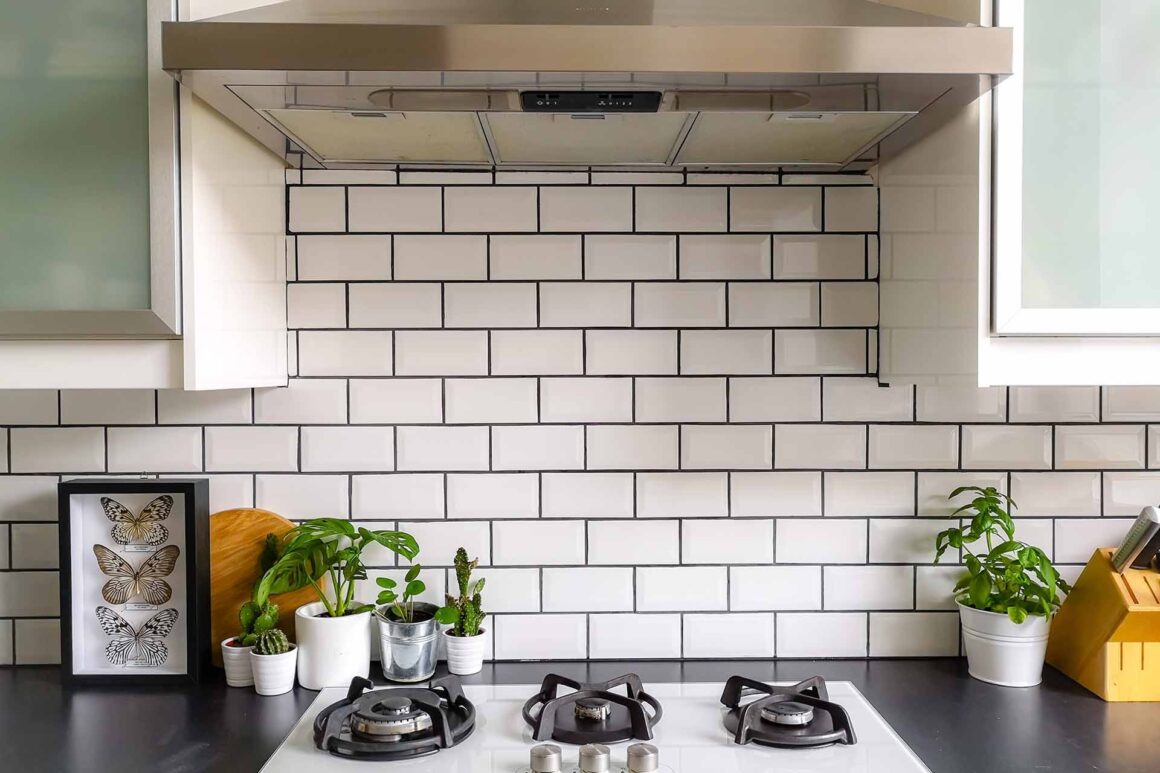
A big reason people choose open plan kitchens is because they love to cook and entertain at the same time. When guests gather around an island or breakfast bar, they get a front-row seat to the cooking action. This makes it even more important that your kitchen looks as good behind the scenes as it does from your seating area.
Upstands help keep mess contained and your kitchen looking clean and inviting for guests. When you’re chopping, mixing and plating up food with friends nearby, you don’t want to worry about every splash or crumb on the wall behind you. Well-chosen upstands, alongside other thoughtful design touches, make social cooking feel relaxed and enjoyable.
Upstands for Small Open Plan Spaces
Open plan living isn’t just for large houses — many smaller homes and apartments now feature open plan kitchen-diners to make the most of limited space. In these layouts, every detail counts. Upstands can be a clever way to give your cooking area definition without bulky features that eat into the room.
A low upstand in a matching colour to your worktop keeps lines clean and helps the kitchen blend into the dining or living space. In a compact flat, this seamless look can make the whole area feel bigger and less cluttered. If you’re using statement materials like marble or bold colours for your worktops, the upstand can extend that feature onto the wall, giving you a touch of luxury without overpowering the space.
Flexibility for Future Changes

One advantage of upstands is that they’re relatively easy to update if you decide to refresh your kitchen down the line. Unlike fully tiled walls, which can be messy and expensive to replace, swapping out an upstand can be as simple as removing the old one and fitting a new strip. This makes them a practical option for homeowners who like to keep their space evolving with trends and tastes.
In open plan spaces where your kitchen style affects the look of your entire living area, that flexibility can be a big bonus. It means you can refresh your colour scheme or materials without committing to a full remodel every few years.
Getting the Right Fit
Fitting upstands well is essential for a polished look. In an open plan kitchen, there’s nowhere to hide shoddy joins or gaps. Professional installation ensures the upstands fit snugly against the worktop and wall, with neat corners and smooth sealant that blends in seamlessly.
Discuss your upstand plans with your kitchen designer or installer early on. They can help you choose the right height, material and finish to complement your layout and make sure it works with other features like tiles, sockets and lighting. Getting the details right from the start helps avoid last-minute compromises that can spoil the overall effect.
